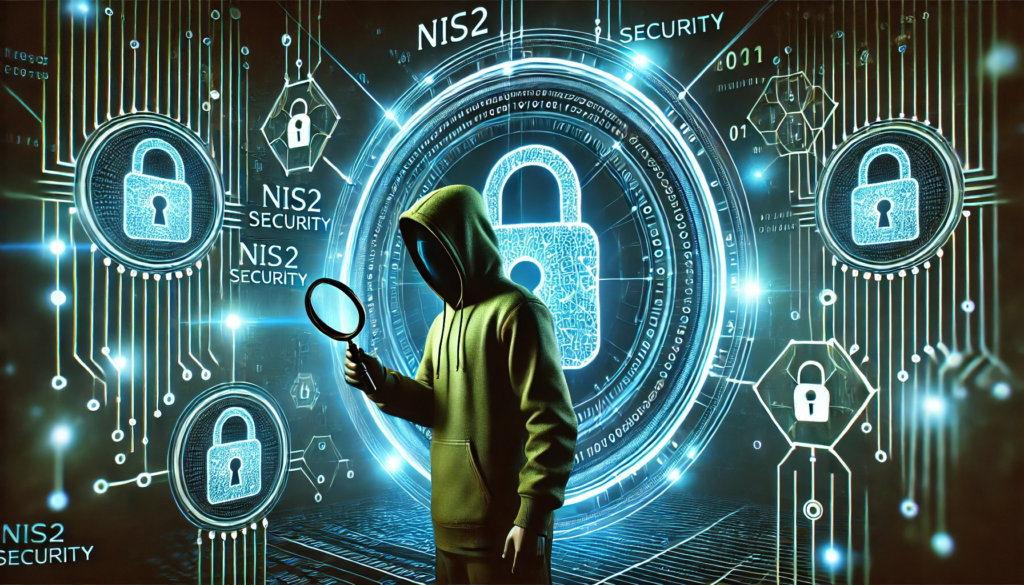
The Network and Information Security Directive 2 (NIS2) is the European Union’s latest framework for strengthening cyber security resilience across critical sectors. It builds on the original NIS directive, broadening its scope, tightening security requirements, and enforcing stricter penalties for non-compliance.
If your organization falls within the scope of NIS2, understanding its requirements and ensuring compliance is crucial to avoiding penalties and securing your operations against cyber threats. NIS2 applies to a wide range of organizations categorized as either “essential” or “important” entities. These categories cover industries that play a crucial role in societal and economic stability. Some of the key sectors affected include1:
Essential Entities (subject to heightened regulatory scrutiny):
- Energy
- Transport
- Banking and financial market infrastructure
- Healthcare
- Water supply and wastewater management
- Public administration
- Space industries
Important Entities (Still required to comply, but subject to fewer regulatory checks):
- Digital infrastructure
- Postal and courier services
- Food production and distribution
- Manufacturing
If your business operates in any of these sectors, you must meet the NIS2 requirements, including enhanced security measures and incident reporting obligations.
Ensuring NIS2 Compliance
Achieving compliance with NIS2 necessitates that your organization implements a robust cyber security framework, encompassing risk management, incident handling, and proactive security measures. This includes having systems in place to monitor and log security incidents, ensuring that significant breaches are reported within 24 hours.
You should further implement security best practices, such as multi-factor authentication, encryption, and network segmentation. Regular security evaluations, including penetration testing, can allow your organization to identify weaknesses and to address them proactively, so as to meet the stringent security demands of NIS2.
The Role of Penetration Testing in NIS2 Compliance
Penetration testing plays a pivotal role in ensuring your NIS2 compliance. It provides a proactive approach to identifying vulnerabilities before they can be exploited by malicious actors.
Adopting a security-first mindset is paramount for NIS2 compliance, and penetration testing serves as tangible evidence that an organization is proactively assessing and enhancing its cyber security posture. Regular testing demonstrates a commitment to regulatory adherence and provides a comprehensive view of existing security risks. Without these evaluations, your organization may risk being unaware of critical vulnerabilities that could lead to severe incidents. Beyond compliance, penetration testing also protects your organizations from reputational and financial harm. A successful attack can result in data breaches, operational disruptions, and significant financial loss. By identifying and mitigating security flaws ahead of time, your organization not only fulfills NIS2 obligations, but also safeguards business continuity and customer trust.
From a regulatory perspective, the failure to conduct penetration tests can result in substantial penalties under the Network and Information Systems Security Directive 2 (NIS2). Organizations that fail to comply with security requirements may be subject to fines reaching up to €10 million or 2% of their global annual turnover. Regulatory bodies expect businesses to adopt a proactive approach to cyber security, and a lack of testing may be perceived as negligence in safeguarding critical infrastructure. In the end, customers and partners are more likely to work with organizations that demonstrate a commitment to cyber security, and failing to meet these expectations can harm long-term business relationships.
If your organization has not yet integrated penetration testing into your cyber security strategy, now is the time to start. We can help you with that! Contact us for a free call to discuss your needs in penetration testing.
Leave a Reply